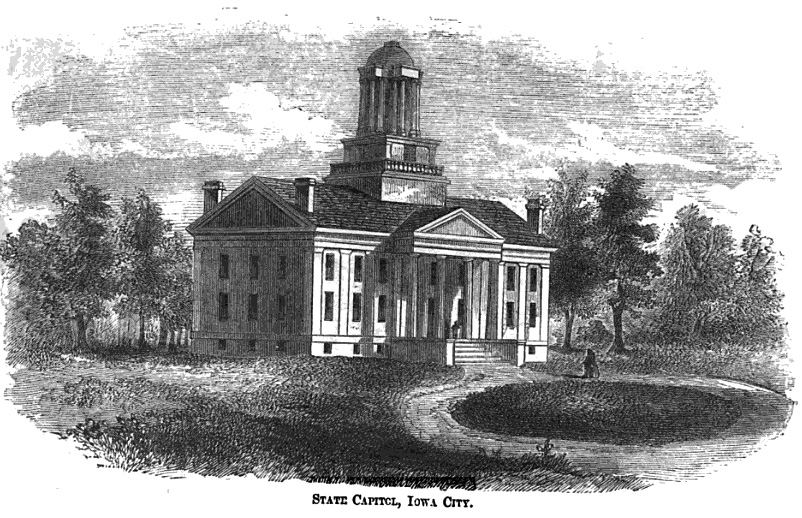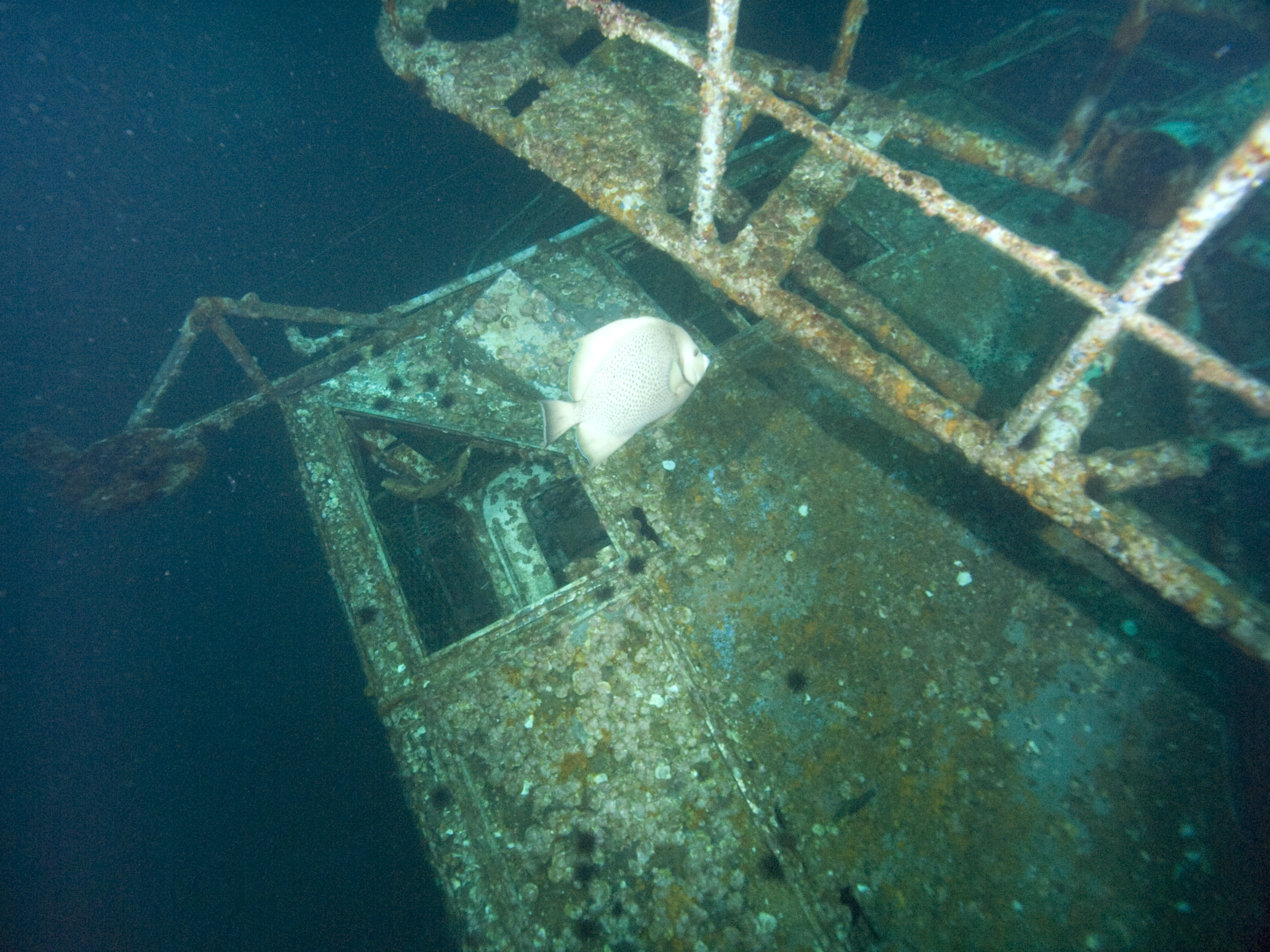|
Operation Cat Drop
Operation Cat Drop is the name given to the delivery of some 14,000 cats by the United Kingdom's Royal Air Force to remote regions of the then-British colony of Sarawak (today part of Malaysia), on the island of Borneo in 1960. The cats were flown out of Singapore and delivered in crates dropped by parachutes as part of a broader program of supplying cats to combat a plague of rats. The operation was reported as a "success" at the time. Some newspaper reports published soon after the Operation reference only 23 cats being used. However, later reports state as many as 14,000 cats were used. An additional source references a "recruitment" drive for 30 cats a few days prior to Operation Cat Drop. Background The native domestic cat population had been reduced as an unintended consequence of the World Health Organization (WHO) spraying the insecticide dichlorodiphenyltrichloroethane (DDT) for malaria and housefly control. This event is often referenced as a example of the problems and s ... [...More Info...] [...Related Items...] OR: [Wikipedia] [Google] [Baidu] |
United Kingdom
The United Kingdom of Great Britain and Northern Ireland, commonly known as the United Kingdom (UK) or Britain, is a country in Europe, off the north-western coast of the continental mainland. It comprises England, Scotland, Wales and Northern Ireland. The United Kingdom includes the island of Great Britain, the north-eastern part of the island of Ireland, and many smaller islands within the British Isles. Northern Ireland shares a land border with the Republic of Ireland; otherwise, the United Kingdom is surrounded by the Atlantic Ocean, the North Sea, the English Channel, the Celtic Sea and the Irish Sea. The total area of the United Kingdom is , with an estimated 2020 population of more than 67 million people. The United Kingdom has evolved from a series of annexations, unions and separations of constituent countries over several hundred years. The Treaty of Union between the Kingdom of England (which included Wales, annexed in 1542) and the Kingdom of Scotland in 170 ... [...More Info...] [...Related Items...] OR: [Wikipedia] [Google] [Baidu] |
Dieldrin
Dieldrin is an organochloride originally produced in 1948 by J. Hyman & Co, Denver, as an insecticide. Dieldrin is closely related to aldrin, which reacts further to form dieldrin. Aldrin is not toxic to insects; it is oxidized in the insect to form dieldrin which is the active compound. Both dieldrin and aldrin are named after the Diels-Alder reaction which is used to form aldrin from a mixture of norbornadiene and hexachlorocyclopentadiene. Originally developed in the 1940s as an alternative to DDT, dieldrin proved to be a highly effective insecticide and was very widely used during the 1950s to early 1970s. Endrin is a stereoisomer of dieldrin. However, it is an extremely persistent organic pollutant; it does not easily break down. Furthermore, it tends to biomagnify as it is passed along the food chain. Long-term exposure has proven toxic to a very wide range of animals including humans, far greater than to the original insect targets. For this reason, it is now banned in ... [...More Info...] [...Related Items...] OR: [Wikipedia] [Google] [Baidu] |
Biological Pest Control
Biological control or biocontrol is a method of controlling pests, such as insects, mites, weeds, and plant diseases, using other organisms. It relies on predation, parasitism, herbivory, or other natural mechanisms, but typically also involves an active human management role. It can be an important component of integrated pest management (IPM) programs. There are three basic strategies for biological pest control: classical (importation), where a natural enemy of a pest is introduced in the hope of achieving control; inductive (augmentation), in which a large population of natural enemies are administered for quick pest control; and inoculative (conservation), in which measures are taken to maintain natural enemies through regular reestablishment. Natural enemies of insect pests, also known as biological control agents, include predators, parasitoids, pathogens, and competitors. Biological control agents of plant diseases are most often referred to as antagonists. Biologic ... [...More Info...] [...Related Items...] OR: [Wikipedia] [Google] [Baidu] |
1960 In Malaya
This article lists important figures and events in Malayan public affairs during the year 1960, together with births and deaths of significant Malayans. Incumbent political figures Federal level *Yang di-Pertuan Agong: **Tuanku Abdul Rahman of Negeri Sembilan (until 4 April) **Sultan Hisamuddin Alam Shah of Selangor (from 14 April until 1 September) **Tuanku Syed Putra of Perlis (from 21 September) *Raja Permaisuri Agong: **Tuanku Kurshiah of Negeri Sembilan (until 4 April) **Tengku Ampuan Jemaah of Selangor (from 14 April until 1 September) **Tengku Budriah of Perlis (from 21 September) *Prime Minister of Malaysia, Prime Minister: Tunku Abdul Rahman *Deputy Prime Minister of Malaysia, Deputy Prime Minister: Tun Abdul Razak, Datuk Abdul Razak State level * Sultan of Johor: Ismail of Johor, Sultan Ismail * Sultan of Kedah: Sultan Abdul Halim Muadzam Shah * Sultan of Kelantan: **Sultan Ibrahim of Kelantan, Sultan Ibrahim (until November) **Sultan Yahya Petra (from November) * Raja ... [...More Info...] [...Related Items...] OR: [Wikipedia] [Google] [Baidu] |
History Of Sarawak
The History of Sarawak can be traced as far as 40,000 years ago to the paleolithic period where the earliest evidence of human settlement is found in the Niah caves. A series of Chinese ceramics dated from the 8th to 13th century AD was uncovered at the archeological site of Santubong. The coastal regions of Sarawak came under the influence of the Bruneian Empire in the 16th century. In 1839, James Brooke, a British explorer, first arrived in Sarawak. Sarawak was later governed by the Brooke family between 1841 and 1946. During World War II, it was occupied by the Japanese for three years. After the war, the last White Rajah, Charles Vyner Brooke, ceded Sarawak to Britain, and in 1946 it became a British Crown Colony. On 22 July 1963, Sarawak was granted self-government by the British. Following this, it became one of the founding members of the Federation of Malaysia, established on 16 September 1963. However, the federation was opposed by Indonesia, and this led to the three-year ... [...More Info...] [...Related Items...] OR: [Wikipedia] [Google] [Baidu] |
University Of Iowa
The University of Iowa (UI, U of I, UIowa, or simply Iowa) is a public university, public research university in Iowa City, Iowa, United States. Founded in 1847, it is the oldest and largest university in the state. The University of Iowa is organized into 12 colleges offering more than 200 areas of study and seven professional degrees. On an urban 1,880-acre campus on the banks of the Iowa River, the University of Iowa is Carnegie Classification of Institutions of Higher Education, classified among "R1: Doctoral Universities – Very high research activity". In fiscal year 2021, research expenditures at Iowa totaled $818 million. The university is best known for its programs in health care, law, and the fine arts, with programs ranking among the top 25 nationally in those areas. The university was the original developer of the Master of Fine Arts degree and it operates the Iowa Writers' Workshop, which has produced 17 of the university's 46 Pulitzer Prize winners. Iowa is a mem ... [...More Info...] [...Related Items...] OR: [Wikipedia] [Google] [Baidu] |
Beaver Drop
The beaver drop was a 1948 Idaho Department of Fish and Game program to relocate beavers (''Castor canadensis''). The program involved moving 76 beavers by airplane and parachuting them to new areas in Central Idaho. The program was initiated to both reduce cost and decrease mortality rates during the relocation. Alleviating complaints about "nuisance beavers" and their activities were an underlying reason for it. Background People had been moving from cities to areas with beavers. The Idaho Department of Fish and Game decided to move 76 beavers because the new residents complained about beavers cutting down trees and creating dams. The Fish and Game Department understood that beavers helped wetlands, helped to reduce erosion, and created habitat for birds and fish, so the Department wanted to move the beavers to other areas of the state. An April 17, 1939, ''Time'' magazine article recognized the important work that beavers had been doing in Idaho since the United States Depart ... [...More Info...] [...Related Items...] OR: [Wikipedia] [Google] [Baidu] |
Beaver Drop
The beaver drop was a 1948 Idaho Department of Fish and Game program to relocate beavers (''Castor canadensis''). The program involved moving 76 beavers by airplane and parachuting them to new areas in Central Idaho. The program was initiated to both reduce cost and decrease mortality rates during the relocation. Alleviating complaints about "nuisance beavers" and their activities were an underlying reason for it. Background People had been moving from cities to areas with beavers. The Idaho Department of Fish and Game decided to move 76 beavers because the new residents complained about beavers cutting down trees and creating dams. The Fish and Game Department understood that beavers helped wetlands, helped to reduce erosion, and created habitat for birds and fish, so the Department wanted to move the beavers to other areas of the state. An April 17, 1939, ''Time'' magazine article recognized the important work that beavers had been doing in Idaho since the United States Depart ... [...More Info...] [...Related Items...] OR: [Wikipedia] [Google] [Baidu] |
Neurotoxin
Neurotoxins are toxins that are destructive to nerve tissue (causing neurotoxicity). Neurotoxins are an extensive class of exogenous chemical neurological insultsSpencer 2000 that can adversely affect function in both developing and mature nervous tissue.Olney 2002 The term can also be used to classify endogenous compounds, which, when abnormally contacted, can prove neurologically toxic. Though neurotoxins are often neurologically destructive, their ability to specifically target neural components is important in the study of nervous systems. Common examples of neurotoxins include lead, ethanol (drinking alcohol), glutamate,Choi 1987 nitric oxide, botulinum toxin (e.g. Botox), tetanus toxin,Simpson 1986 and tetrodotoxin. Some substances such as nitric oxide and glutamate are in fact essential for proper function of the body and only exert neurotoxic effects at excessive concentrations. Neurotoxins inhibit neuron control over ion concentrations across the cell membrane, or com ... [...More Info...] [...Related Items...] OR: [Wikipedia] [Google] [Baidu] |
Systems Thinking
Systems thinking is a way of making sense of the complexity of the world by looking at it in terms of wholes and relationships rather than by splitting it down into its parts. It has been used as a way of exploring and developing effective action in complex contexts, enablinsystems change Systems thinking draws on and contributes to systems theory and the system sciences. History Frameworks and methodologies Frameworks and methodologies for systems thinking include: * Critical systems thinking * Soft systems methodology * Systemic design * System dynamics * Viable system model Multi-method approach See also * Management cybernetics * Operational research Operations research ( en-GB, operational research) (U.S. Air Force Specialty Code: Operations Analysis), often shortened to the initialism OR, is a discipline that deals with the development and application of analytical methods to improve deci ... References Systems science Cybernetics Systems theory Systems th ... [...More Info...] [...Related Items...] OR: [Wikipedia] [Google] [Baidu] |
Royal Air Force
The Royal Air Force (RAF) is the United Kingdom's air and space force. It was formed towards the end of the First World War on 1 April 1918, becoming the first independent air force in the world, by regrouping the Royal Flying Corps (RFC) and the Royal Naval Air Service (RNAS). Following the Allied victory over the Central Powers in 1918, the RAF emerged as the largest air force in the world at the time. Since its formation, the RAF has taken a significant role in British military history. In particular, it played a large part in the Second World War where it fought its most famous campaign, the Battle of Britain. The RAF's mission is to support the objectives of the British Ministry of Defence (MOD), which are to "provide the capabilities needed to ensure the security and defence of the United Kingdom and overseas territories, including against terrorism; to support the Government's foreign policy objectives particularly in promoting international peace and security". The R ... [...More Info...] [...Related Items...] OR: [Wikipedia] [Google] [Baidu] |
Unintended Consequences
In the social sciences, unintended consequences (sometimes unanticipated consequences or unforeseen consequences) are outcomes of a purposeful action that are not intended or foreseen. The term was popularised in the twentieth century by American sociologist Robert K. Merton and expanded by economist Thomas Sowell and psychologist Stuart Vyse.Robert K. Merton, Versatile Sociologist and Father of the Focus Group, Dies at 92 Michael T. Kaufman, '''' Unintended consequences can be grouped into three types: * ''Unexpected benefit'': ... [...More Info...] [...Related Items...] OR: [Wikipedia] [Google] [Baidu] |




